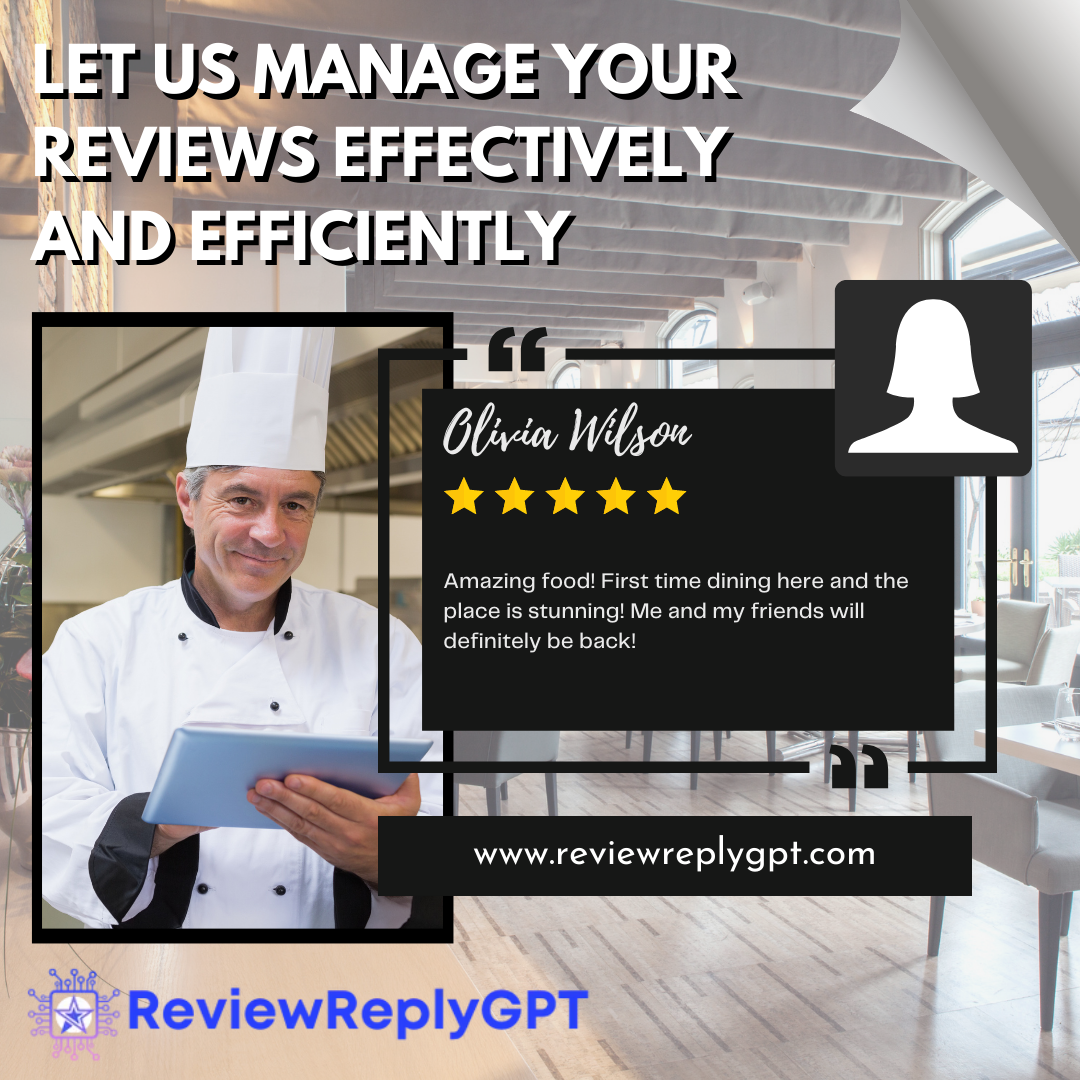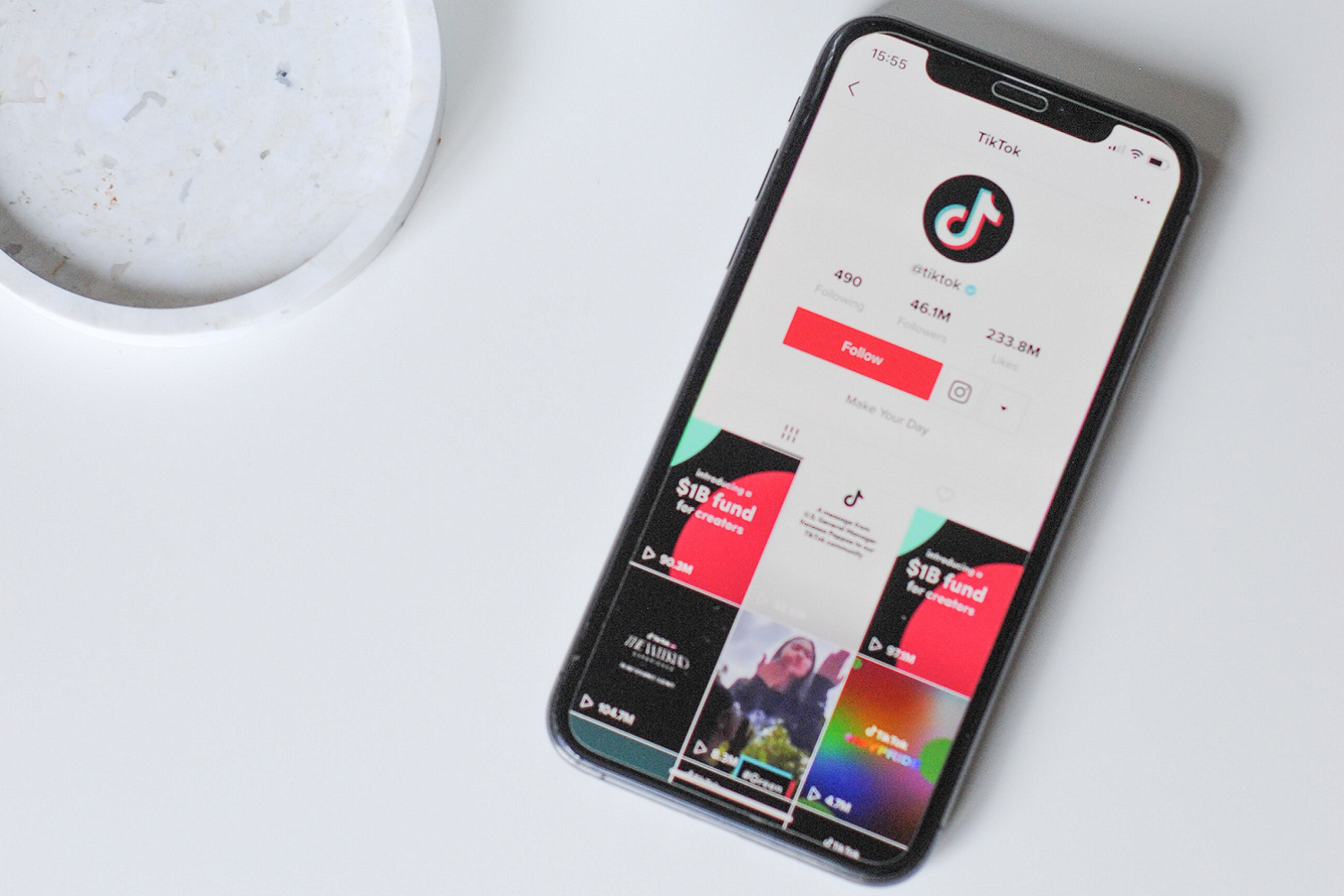Retargeting: What It Is, And Why Every Business Should Use It
Modern digital ads can have a huge relevancy problem, and using a retargeting strategy is one of the best ways to solve it.
WIth retargeting, you only show ads to people who have indicated interest in your product or website before. Usually, the interest-signaling behavior is a visit to a particular page on your website.
While the abilities of retargeting sound creepy—and they definitely can be eerie when the practice is done incorrectly—most retargeted ad campaigns are actually doing consumers a favor. Instead of showing them irrelevant ads for things they may never buy, such as an expensive luxury car, you’re showing them ads for things they’ve directly looked at before.
At its core, retargeting strategies are all about that relevancy. The idea is that someone has already entered into your sales funnel or taken the first steps of the customer journey. Retargeted ads should ideally be a nudge a little further along that path.
When done right, it works! One company reportedly achieved an average ROI for their retargeting campaigns of 488 percent to as much as 2054 percent . That’s hundreds to thousands of dollars in revenue for every dollar they spend!
If you’re ready to try a retargeting strategy for your digital ad campaigns, dig into the information below for a deeper analysis of what makes retargeting effective, along with six tips to help your campaigns find success.
What, Exactly, Is Retargeting, and How Does It Work?
The easiest way to think of retargeting is that it rewrites how traditional ad targeting according to demographics works. Under normal ad targeting, demographics like location, age, gender, household income and even parental status could be considered. A car dealer could target everyone within an hour’s drive of their dealership lot, for instance. Or, the dealership could choose an age range and income bracket that closely matches the most common traits of their best customers.
Retargeting takes the same approach, but instead of looking at static demographics for its targeting list, it looks at browsing behaviors. Specifically, what pages of your site users stopped on the longest or the last page they viewed before they left.
Retargeting campaigns build these lists by applying what’s known as a “tracking pixel” to their page. A list gets built from everyone who viewed the page based on their browser’s cached data.
For example, if someone searches for desk lamps in their area, finds the local office supply store you own, clicks on the product page, and then later closes the tab to do something else, a “tracking pixel” can register the person’s initial visit. Then, they get added to your list of everyone else who visited that page, and they get served an ad for the exact same lamp they were just looking at.
In theory, the ad serves as a reminder for someone who may be willing to buy eventually but just hasn’t committed yet. Say, for instance, that they were browsing through your office products as a way to kill time during their lunch break and weren’t really intending to buy anything just yet. But if they have a chance to think about it again in a few days, they may decide to finally commit to a purchase.
Pixel Tracking by Page Allows Your Campaigns to Be Perfectly Segmented According to the Visitor’s Behaviors
Serving ads according to who ends up on your pixel tracking list allows for a number of different strategies.
You could potentially place a pixel on every page within your site; many companies actually do. This approach allows you to serve personal-feeling ads tailored to the exact pages someone browsed.
Someone who looks at several different versions of the same product, maybe even adding one to their cart, could see an ad for the exact same item. Or, someone who browses many products in a single category but never bothers to add any to their cart could see ads for general items in that category.
Finally, people who visit non-product pages on your website, such as the home page or your blog, could receive more general ads that give examples of your most popular products.
You could even just serve them ads that say general positive things about your brand. Customer testimonials work really well for this type of trust- or awareness-building campaign.
In this way, you have content aimed at different people in the buying funnel that can be optimized towards getting to the next step.
An excellent example of this practice in action would be a retargeting campaign aimed at previous buyers. Someone who checked out of your ecommerce website for an expensive purchase, like a smartphone, isn’t likely going to purchase the exact same device again. If you put a pixel on the “Thank You for Your Purchase” or “Order Confirmed” page, then you can filter these individuals out and avoid showing them ads for a product they already bought.
Better yet, your ad can attempt to cross-sell them a related product, increasing their customer lifetime value. After all, it’s often easier to get someone to make a repeat purchase than to convert a brand-new customer lead to a sale.
6 Tips for More Effective Ad Retargeting Campaigns
Ad retargeting campaigns have a track record of extremely reliable conversions. The average retargeting ad is 76 percent more likely to earn a click compared to a non-retargeted ad. Thirty percent of consumers also have either positive or very positive sentiments towards retargeted ads .
On the other hand, 11 percent of people had negative reactions to ads that appear to “follow them around” while they browse the internet. The majority of people — 59 percent — felt “neutral.” You absolutely don’t want your retargeted ads to trigger a negative reaction. You also want to avoid having a neutral impact.
To improve the effectiveness of your retargeting campaigns, put some or all of the following strategies into action:
- Start Small and Branch Out —Retargeting may sound sophisticated, but platforms like Facebook and Google’s AdWords make it easy. Start off your campaigns on these networks, and then move on to more complex platforms, such as the Google Display Network (GDN).
- Use Frequency Capping —Frequency capping limits the number of exposures people have to a single ad or a retargeting campaign in general. Since you don’t want to annoy people, consider putting some sort of upper boundary on all of your campaigns.
- Limit Your Retargeting Window According to Average Buy Cycles —Most retargeting platforms limit your campaigns to 180 days (about 6 months) after their last tracking pixel was registered. But if you have a product category with a shorter buying cycle, such as retail goods under $50, then you may want to end your retargeting campaigns after just a few days. For more expensive products with a longer buying cycle, such as cars, showing people similar ads for months makes more sense.
- Use Limited Offers and Urgency to Clinch Bottom-of-the-Funnel Leads —If someone appears close to making a purchase, sometimes a personalized offer is all the nudge they need to commit. Use retargeting pixels to serve special offers to people who browsed for certain products or product categories. Or, use these lists to serve up ads any time your business is doing a big sale.
- Be Diligent About Brand Safety —Retargeting campaigns can often find people on thousands of different sites. However, you may not want your brand associated with certain content. Someone snapping a screenshot of an ad for your family-friendly brand on an adult website is a recipe for an instant PR crisis. Review the policies of your ad partner, and use tools like Google Safe Browsing to avoid this scenario.
- Study Your Performance Data, Test, Experiment and Optimize —Like so much of digital marketing, your work is far from over when a retargeting campaign launches. Use the data the campaign generates to tell which practices work and which don’t. Experiment and A/B test to find even more effective conversion techniques. Gradually, you should become better and better at making effective campaigns based on past discoveries, successes and failures.
Ad Retargeting Is Easy to Get Started But Difficult to Master
The above tips are just the warm-up for even more in-depth and sophisticated ad retargeting practices. If you can keep the consumer’s experience in mind and establish best practices based on your data, the sky is the limit for how complex and effective your retargeting campaigns can be.
Are you looking for help navigating the ever complicated digital marketing space? We can help!
The Harvest














